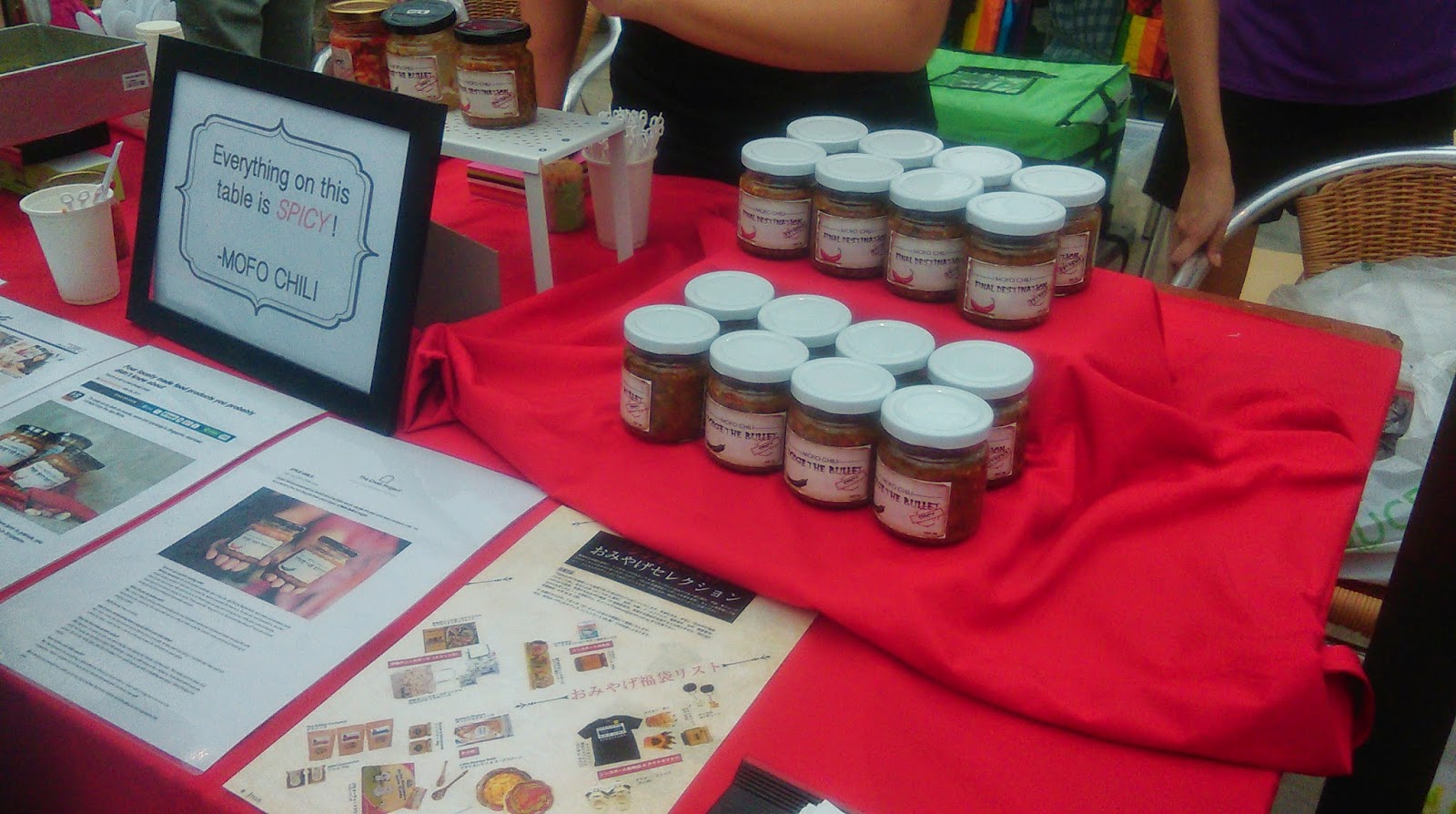I'd just like to say a big Thank You to everyone who has been reading this blog for the past 2 months. I hope I have been able to share some useful/new/insightful facts and views about green consumerism. From discussing whether green consumerism is even a good thing, to acknowledging its merits but recognising problems of greenwashing, to discussing green labels as a possible solution, to sharing some fun resources and experiences with green consumerism and finally to painting a possible vision for green consumerism in the future, writing this blog has been an enriching learning experience. Still I am no expert on green consumerism and there is so much more to learn. I am looking forward to reading up more, learning in ENV classes and just experiencing green consumerism in daily life. And maybe if I find something interesting, I might revive and continue this blog! Before I end this blog for now, I would just like to summarise and share some personal reflection points I have gained on green consumerism in the last 2 months, which will serve as personal reminders and motivation for me to continue on the journey to become a green consumer. I hope some of this points will inspire you too and once again, thank you for taking this journey with me! :D
1. Green consumerism is not a perfect concept. But if you have thought of being a green consumer, chances are, you are ahead of the pack.
Most of us are consuming at unsustainable levels. Thinking of going green in your consumer choices is a great first step to becoming an ecological citizen-consumer!
2. Wanting to be a green consumer is a great start, the next step is to learn the ropes.
Deciding that you want to be a green consumer may be daunting in the beginning because there are many contradictory pieces of information out there - false advertising, opposing viewpoints, greenwashing, fine print...A good place to start would be to read up on what green consumption is and what it is not. Learn the signifiers of a green product in your area, be it a label, terms or places and brands.
3. Learn to be a discerning consumer.
Just because it has the word "environmentally-friendly" plastered all over it does not make a product truly green. Learn to think about whether a product is really as green as it seems, if your dollar will make a positive difference on the environment.
4. Don't be too hard on yourself when you just don't know
Sometimes green labelling fails, there are no feasible alternatives or there is just that one product you love and cannot give up. Don't be discouraged. Take your time to learn and find better products or work on other areas of purchase.
5. Sometimes, the 3Rs are still the most trusty
Reduce, Reuse, Recycle. Enough said.
6. Go local
You will be surprised how many green products stores in Singapore have to offer! But don't forget point 3. Also, this point means that buying local goods reduces the distance your product had to travel to make it to the shelves.
7. Think outside the box
Green consumerism does not necessarily mean purchasing a green good off the shelves in a store. Sometimes it could mean visiting secondhand stores, other times trading and sharing, sometimes handicraft or not buying anything at all!
8. Take small steps
Don't go on cold turkey the whole week from "mainstream goods" and then burnout and binge on all the things you were trying to stay away from. Start by changing one good at a time. Maybe your shampoo is running out - could you switch to a more eco-friendly brand? Or you need to buy vegetables - could you get organic ones?
I hope you have been inspired to become a greener consumer. Lastly, let's end off with an inspiring video:





















